Learning Piano
Transforming Piano Pieces into Violin Scores: A Guide
Transforming Piano Pieces into Violin Scores: A Guide
Adapting a piano composition for the violin can be a rewarding challenge for musicians looking to expand their repertoire or bring a new dimension to a beloved piano piece. Here’s how to transpose piano music into a violin-friendly format.
Step-by-Step Process 
-
Select Your Piece
: Choose a piano piece you wish to transpose. Ensure it matches your skill level on the violin to avoid unnecessary complexity.
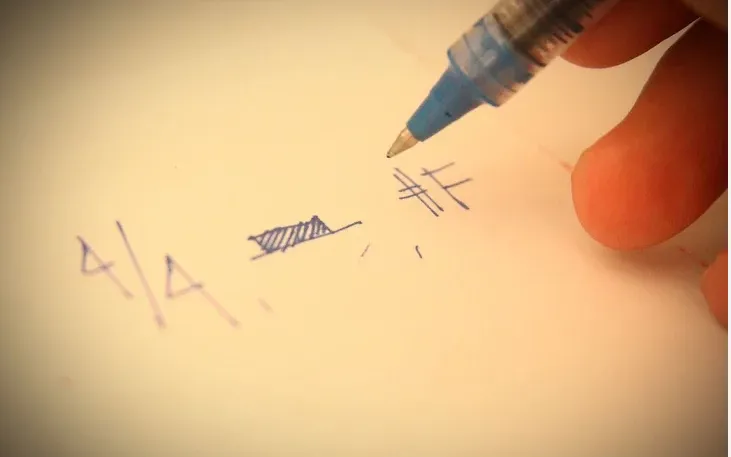
- Note the Fundamentals: In a composition notebook, jot down the essential elements of the piece, such as meter, tempo, and key signature.
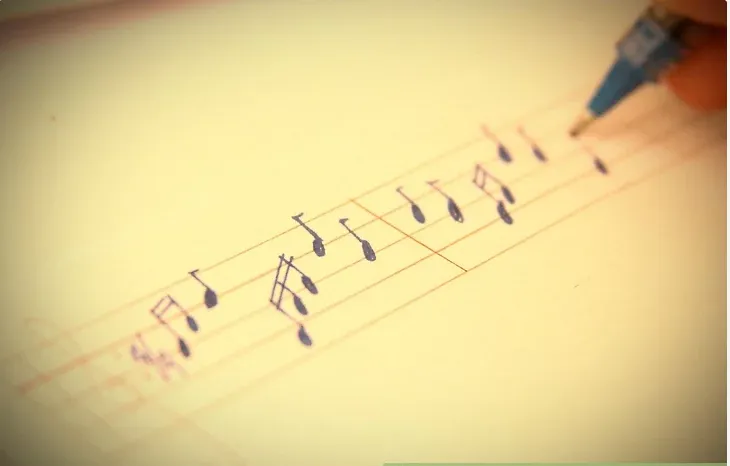
- Transcribe Treble Clef Notes: Start transferring the notes from the treble clef. Notes and rhythms remain consistent across instruments, so a quarter note on piano reads the same on violin. Maintain the original measure structure and note divisions.
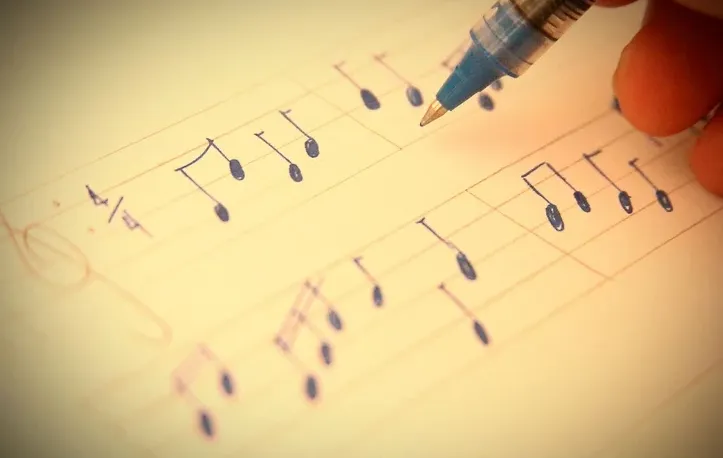
- Simplify Chords: Piano compositions often include chords playable with ten fingers, which isn’t feasible on a violin. Break down chords of three or more notes into simpler melodies or consider arrangements for violin and viola duets to maintain the harmony.
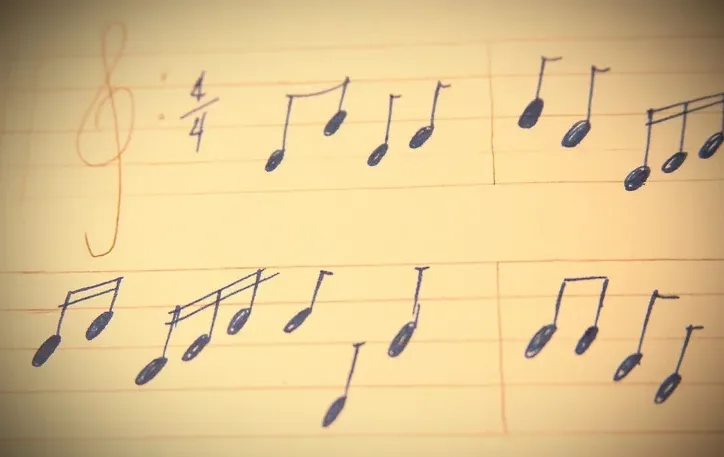
- Review Your Transcription: Pay careful attention to maintaining the correct time signature and meter throughout your transcription. Errors in these areas can make the piece difficult to perform and need to be corrected.
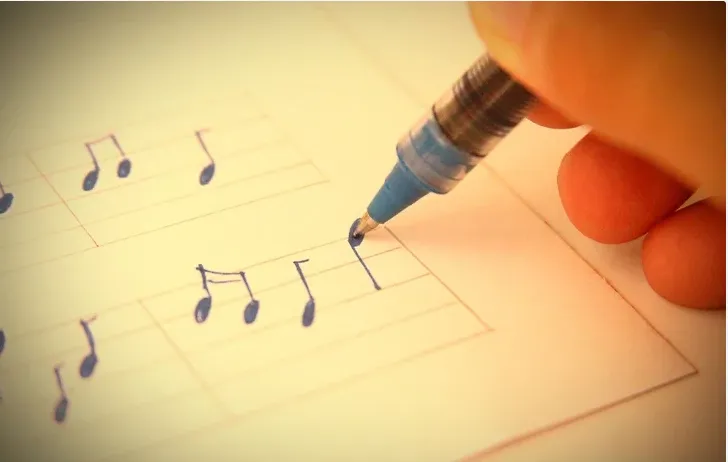
- Incorporate Expression Marks: Transfer dynamic markings directly from the piano score. For violin-specific techniques not indicated in the original piece, such as bowing styles or articulations, add these based on the musical context and your interpretation.
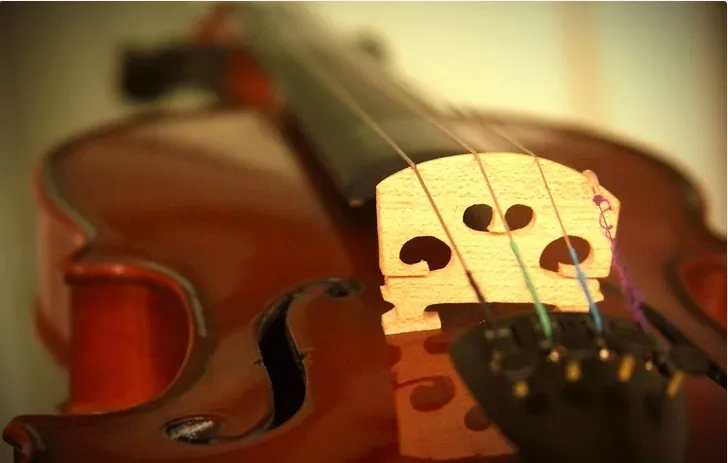
- Test Play: Perform the transcribed piece on your violin. This step is crucial for identifying any issues with playability or musicality that need refinement.

- Seek Professional Feedback: Present your transcription to a knowledgeable mentor, teacher, or fellow musician for their review. Their expertise can provide valuable insights for improvement. Remember, constructive criticism is an opportunity for growth, not a setback.
Transposing Tips
- Transposing music from piano to violin offers an opportunity to tailor a piece to your expressive desires and technical strengths on the violin.
- Consider the violin’s range and capabilities when adapting piano chords and melodies. Some piano passages may need octave adjustments to fit the violin’s register.
- Be creative with violin techniques to mimic the piano’s expressiveness. This might include varying bow pressures, speeds, and positions to capture the original piece’s dynamics and articulations.
By following these steps and embracing the nuances of violin playing, you can successfully bring new life to piano compositions, expanding both your skills and musical repertoire.
